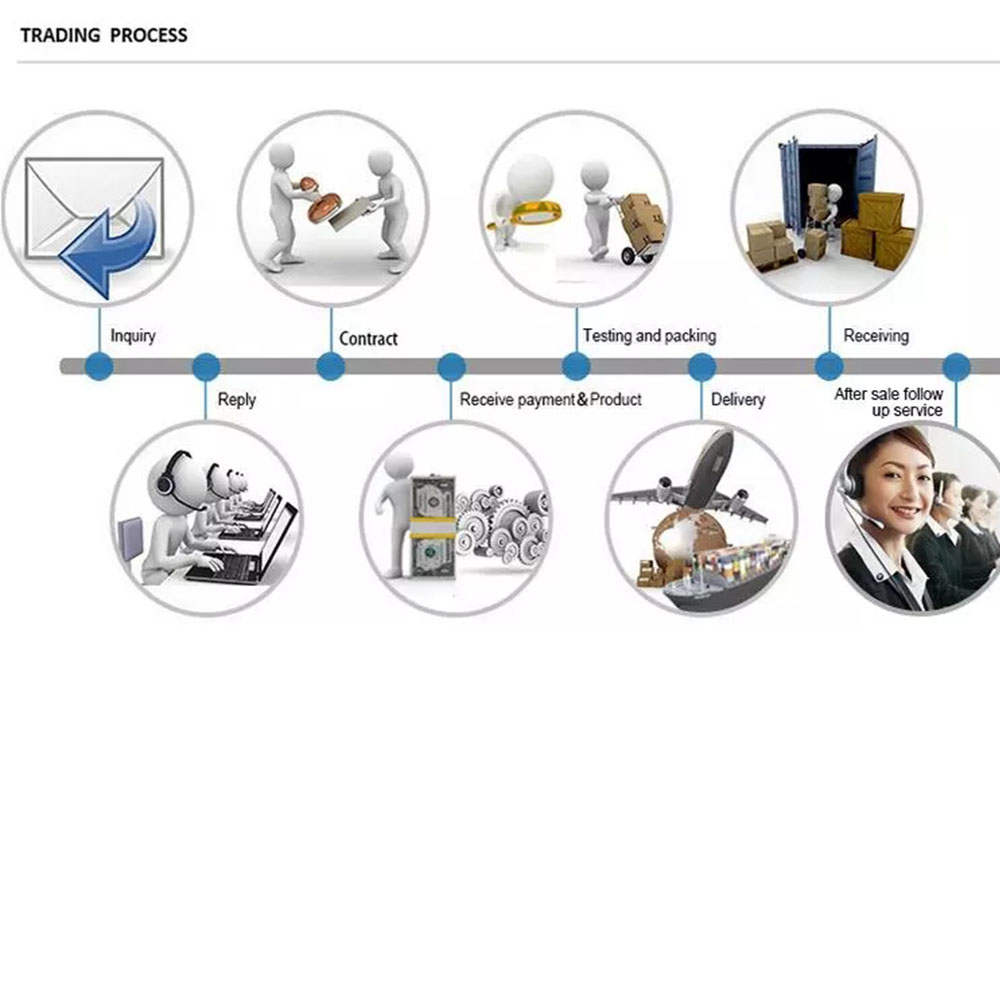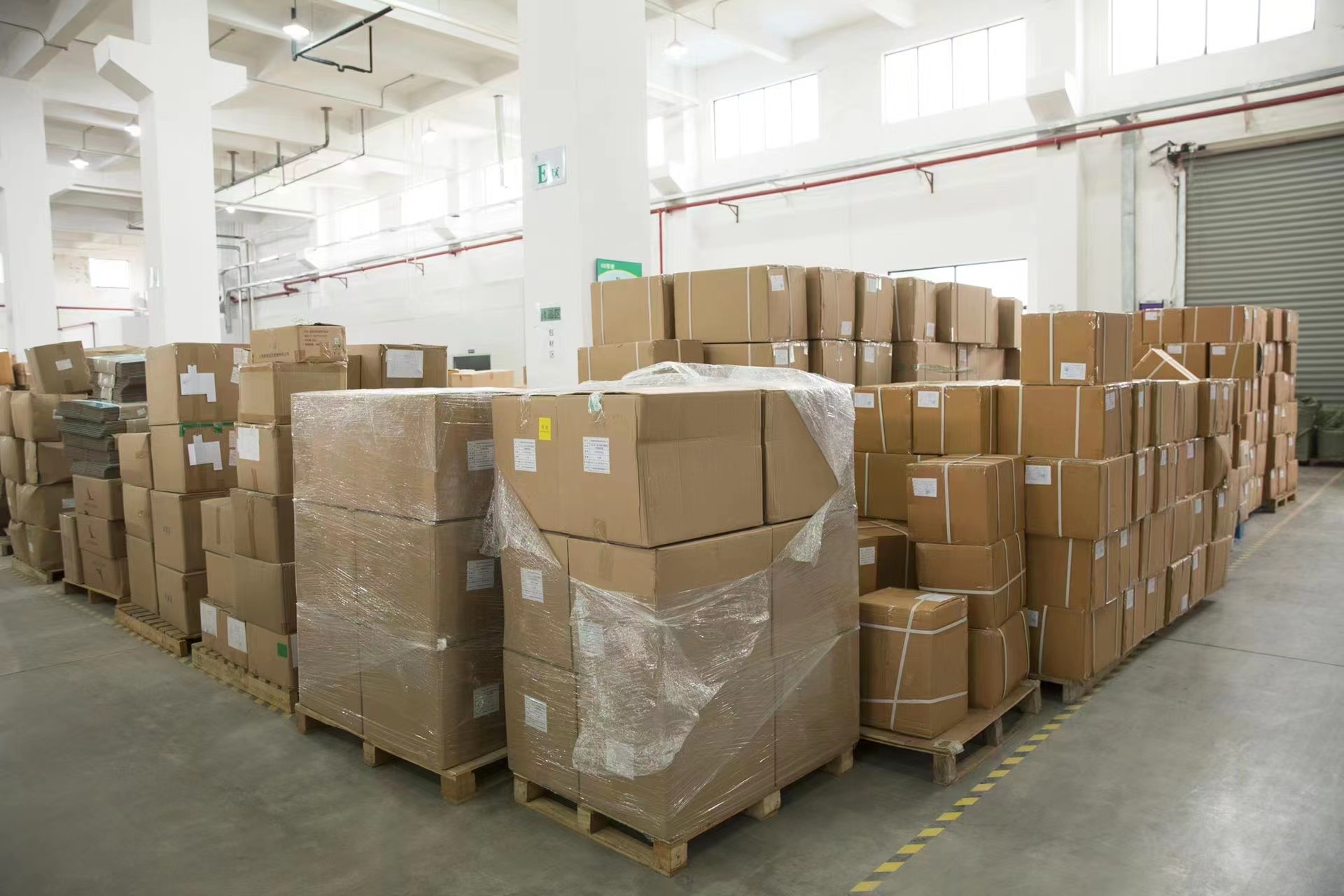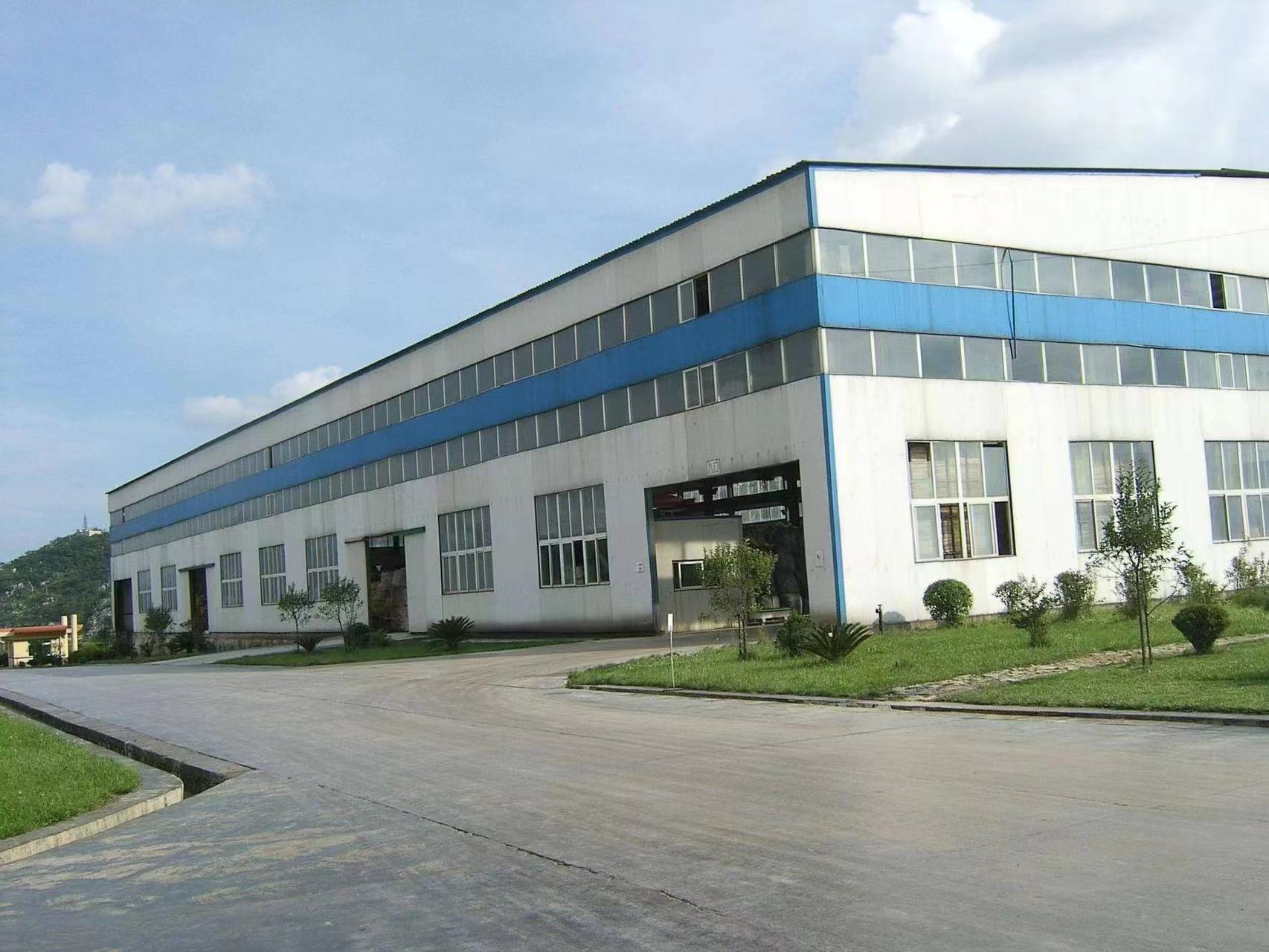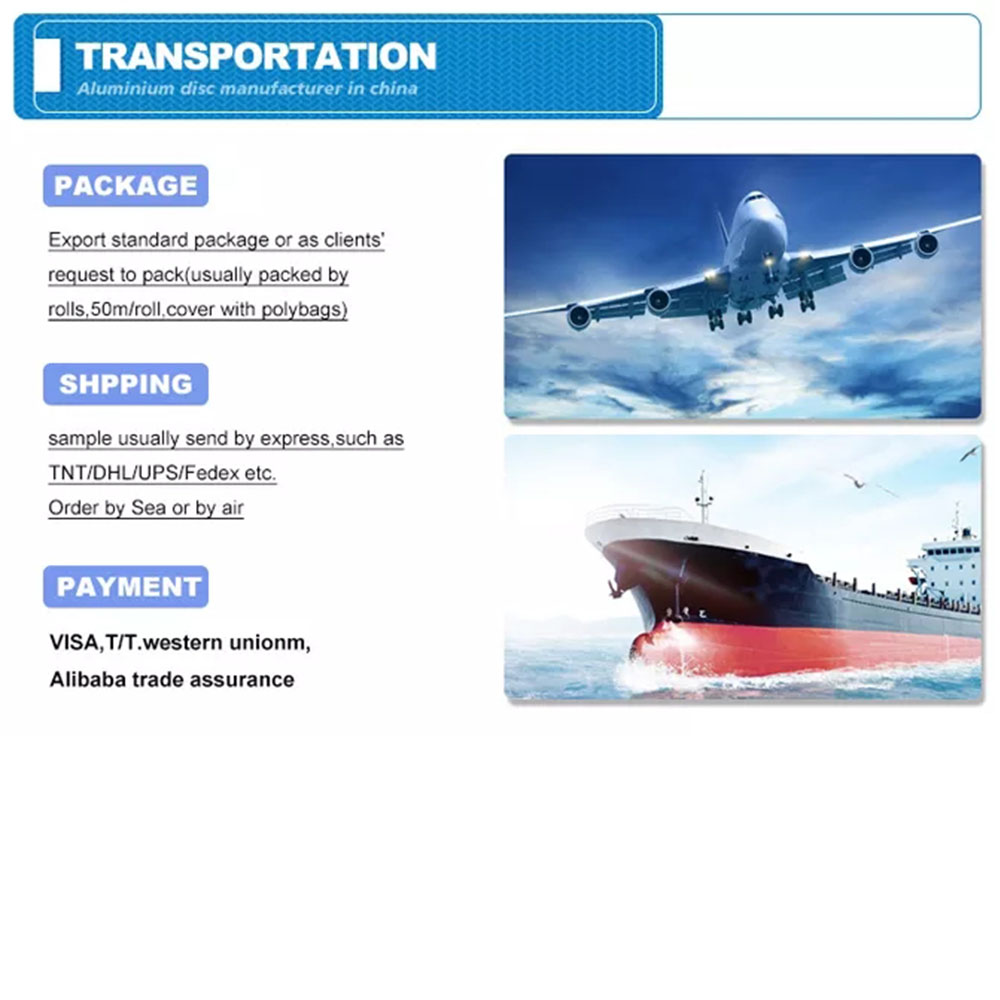Oil sealing rings, also known as oil seals or shaft seals, are critical components in machinery and equipment that are used to prevent the leakage of oil or lubricants. Here are the benefits of oil sealing rings:
- Leakage Prevention: Oil sealing rings effectively prevent oil and lubricant leakage from rotating or moving machine components, ensuring efficient operation and reducing maintenance requirements.
- Contaminant Exclusion: These seals also block the entry of contaminants, such as dust, dirt, and moisture, which can compromise the performance and lifespan of equipment.
- Reduced Friction: Oil sealing rings reduce friction between moving parts by maintaining a consistent lubrication level. This leads to less wear and tear, longer component life, and improved energy efficiency.
- Shock and Vibration Damping: They can help absorb and dampen shocks and vibrations, which reduces the risk of damage to equipment and enhances overall reliability.
- Noise Reduction: The use of oil seals can contribute to noise reduction in machinery, leading to a quieter and more comfortable working environment.
- Wide Application: Oil sealing rings are used in a wide range of industries, including automotive, manufacturing, and heavy machinery, making them versatile and valuable components.
- Durable: These seals are designed to withstand the rigors of industrial use and are known for their durability, even in demanding conditions.
- Material Variety: Oil sealing rings are available in various materials to suit specific application requirements, such as nitrile, silicone, Viton, and more.
- Cost-Effective: They are a cost-effective solution for extending the life and efficiency of machinery, ultimately reducing maintenance and replacement costs.
- Easy Installation: Oil seals are relatively easy to install, facilitating maintenance and repair procedures.
- Customization: They can be custom-designed to fit specific shaft sizes and housing dimensions, ensuring a precise and reliable seal.
- Environmental Compatibility: Many oil sealing materials are designed to be environmentally friendly and comply with industry standards and regulations.
Overall, oil sealing rings play a crucial role in maintaining the integrity and longevity of machinery and equipment by preventing oil leakage and protecting against contaminants. Their benefits extend to improved performance, reduced maintenance costs, and enhanced operational efficiency.
Packaging methods for oil sealing rings are essential to protect these critical components during storage and transportation. Proper packaging helps prevent damage, contamination, and deformation. Here are common packaging methods for oil sealing rings:
- Individual Packaging: Each oil sealing ring is individually packaged, typically in plastic bags, to protect them from dust, moisture, and physical damage. This method is suitable for small and delicate seals.
- Bulk Packaging: For larger quantities, oil sealing rings can be packaged in bulk in containers like cardboard boxes, plastic bins, or crates. Bulk packaging is cost-effective and convenient for handling large orders.
- Blister Packaging: Oil sealing rings can be packaged in blister packs, which are clear, sealed plastic containers that provide visibility while protecting the seals from external elements.
- Reel Packaging: Continuous oil sealing rings, often used in manufacturing processes, can be packaged on reels. These reels are typically made of plastic or cardboard.
- Vacuum Packaging: For seals that are sensitive to moisture or environmental conditions, vacuum packaging with barrier films can be used to create an airtight seal, ensuring the seals remain in optimal condition.
- Tray Packaging: Oil sealing rings that need to maintain their specific shape, such as O-rings, are often placed in trays or compartments within a larger container. This prevents deformation during transportation.
- Tube or Cartridge Packaging: For oil sealants and adhesive seals, packaging in squeezable tubes or cartridges makes them convenient for application and minimizes waste.
- Custom Packaging: In some cases, unique or specialized oil sealing rings may require custom-designed packaging to ensure their protection and integrity.
- Desiccant Use: Adding desiccant packs to the packaging can help absorb moisture and maintain the seals’ performance, especially for seals that are sensitive to humidity.
- Labeling and Identification: Proper labeling on the packaging is crucial. Each package should be clearly marked with product specifications, part numbers, batch/lot numbers, and other relevant information.
The choice of packaging method depends on factors such as the type of oil sealing ring, quantity, and environmental conditions during storage and transport. Proper packaging ensures that oil sealing rings remain in good condition and perform as intended when they are needed.
Oil sealing rings, also known as oil seals or shaft seals, offer several advantages in various applications, particularly in machinery and equipment. Here are the key advantages of oil sealing rings:
- Leakage Prevention: Oil sealing rings are designed to prevent the leakage of oil, lubricants, or other fluids, ensuring the efficient operation of machinery and reducing the risk of environmental contamination.
- Contaminant Exclusion: These seals effectively block the entry of contaminants such as dust, dirt, water, and other foreign particles, which can otherwise damage the equipment and compromise performance.
- Reduced Friction: Oil sealing rings help maintain a consistent level of lubrication between moving parts, reducing friction, minimizing wear and tear, and extending the lifespan of mechanical components.
- Shock and Vibration Damping: These seals can absorb and dampen shocks and vibrations, which helps protect equipment from damage and enhances overall reliability.
- Noise Reduction: The use of oil sealing rings can contribute to noise reduction in machinery, leading to a quieter and more comfortable working environment.
- Wide Application: Oil sealing rings are versatile and find use in various industries, including automotive, manufacturing, construction, and more, making them suitable for a broad range of equipment.
- Durable: These seals are built to withstand harsh industrial conditions, providing long-lasting and reliable performance even in demanding applications.
- Material Variety: Oil sealing rings are available in a variety of materials to match specific application requirements, including nitrile, silicone, Viton, and more, each with unique properties.
- Cost-Effective: They are a cost-effective solution for extending the life and efficiency of machinery, ultimately reducing maintenance and replacement costs.
- Easy Installation: Oil seals are relatively easy to install, facilitating maintenance and repair procedures, which can reduce downtime and labor costs.
- Customization: These seals can be custom-designed to fit specific shaft sizes and housing dimensions, ensuring a precise and reliable seal.
- Environmental Compatibility: Many oil sealing materials are designed to be environmentally friendly and comply with industry standards and regulations.
In summary, oil sealing rings play a crucial role in maintaining the integrity and longevity of machinery and equipment by preventing oil leakage and protecting against contaminants. Their benefits extend to improved performance, reduced maintenance costs, and enhanced operational efficiency, making them essential components in various industrial applications.















